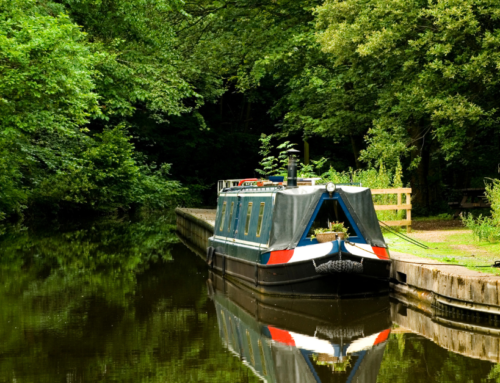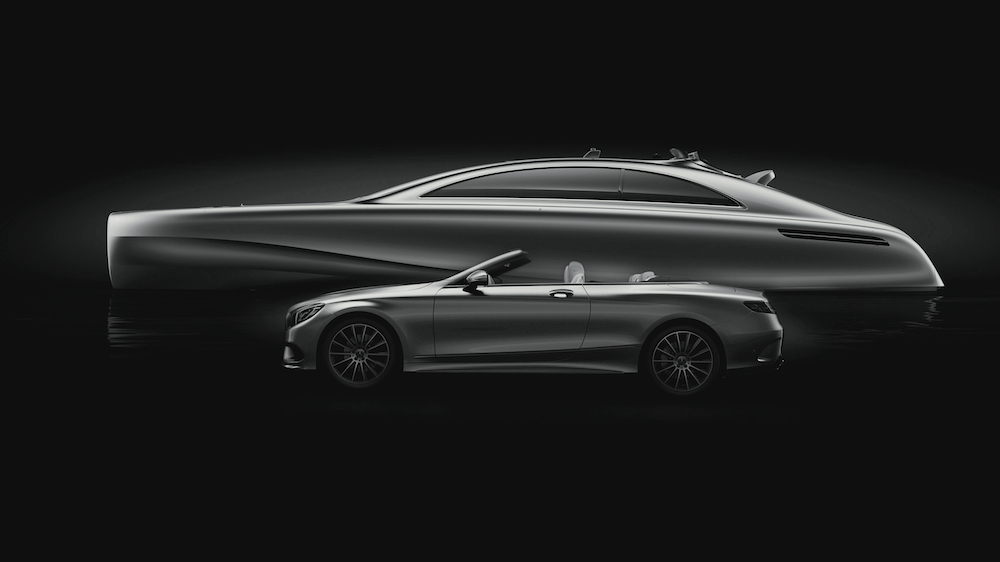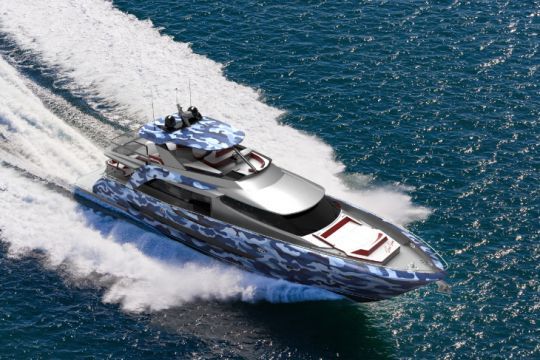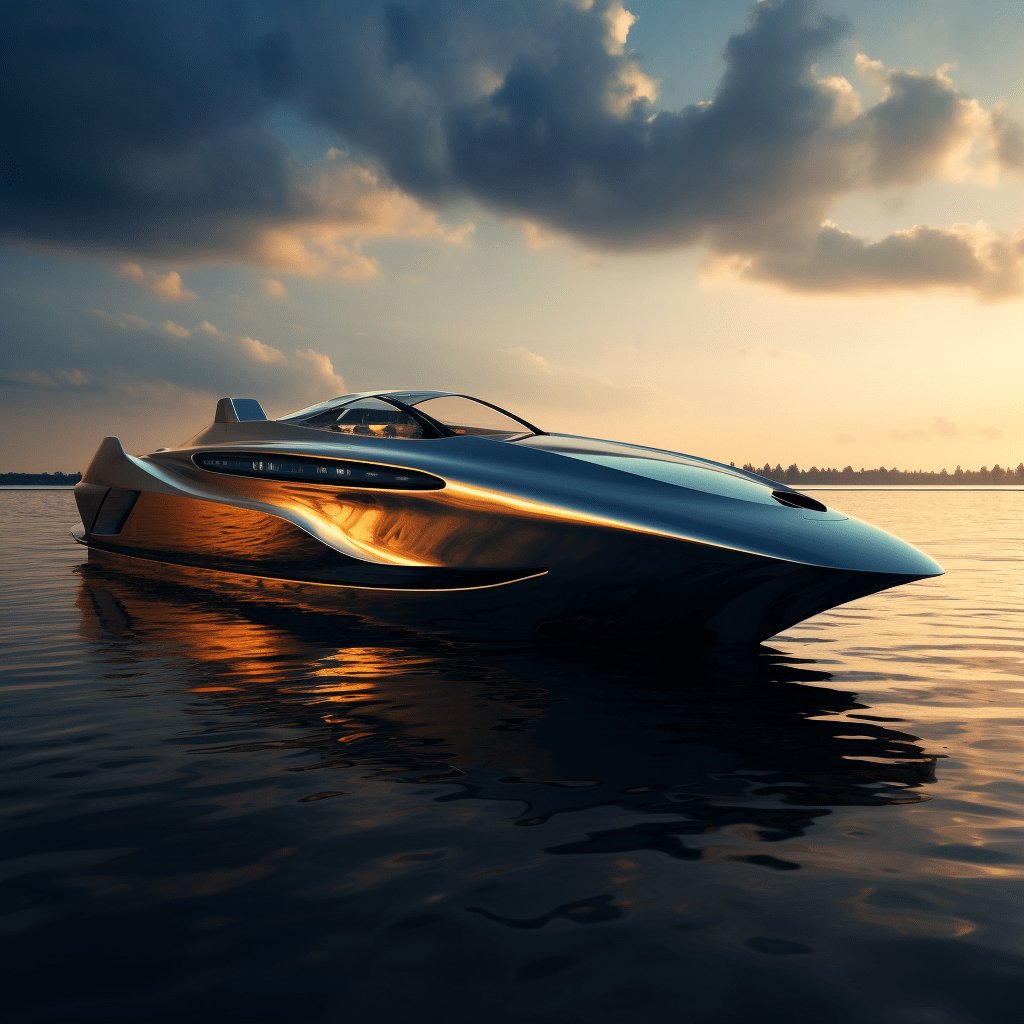Are you ready to set sail on a luxurious and eco-friendly adventure? Look no further than the world of yacht charters. In this article, we will explore the exciting concept of incorporating sustainability and green design practices in yachts. As a passionate and experienced professional in the industry, I will guide you through the innovative ways that yachting can be both opulent and environmentally conscious. From energy-efficient technologies to mindful materials, get ready to dive into a world where luxury meets sustainability. So hop on board as we embark on a journey to discover how yachts are embracing green practices and the impact they have on both the planet and your travel experience.
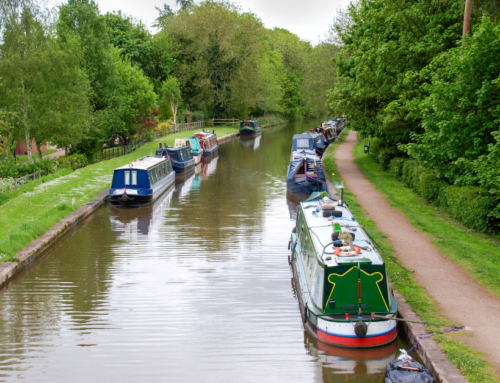
This image is property of sp-ao.shortpixel.ai.
1. Material Selection
When it comes to incorporating sustainability and green design practices in yachts, material selection is of utmost importance. By choosing the right materials, you can significantly reduce the environmental impact of your yacht. Here are some key considerations:
1.1 Recycled Materials
Opting for construction materials that have been made from recycled sources is a great way to minimize waste and conserve natural resources. Recycled steel and aluminum can be used for hull construction, while recycled plastic composites can be used for various interior and exterior applications. These materials not only reduce the need for new resources but also have a lower carbon footprint compared to their non-recycled counterparts.
1.2 Sustainable Timber
Using sustainably sourced timber for interior finishes and furniture contributes to the overall green design of your yacht. Look for certifications such as Forest Stewardship Council (FSC) or Programme for the Endorsement of Forest Certification (PEFC) to ensure that the timber comes from responsibly managed forests. By choosing sustainable timber, you are supporting the conservation of forests and promoting a more sustainable future.
1.3 Low Carbon Fibers
Incorporating low carbon fiber materials, such as carbon fiber reinforced polymer (CFRP), can significantly reduce the weight of structural components in your yacht. This, in turn, improves fuel efficiency and lowers carbon emissions. Additionally, these materials offer high strength-to-weight ratios, resulting in a lighter and more environmentally friendly vessel.
1.4 Non-toxic Paints and Coatings
Choosing non-toxic paints and coatings for the exterior and interior of your yacht not only protects the marine environment from harmful chemicals but also safeguards the health of those on board. Look for products labeled as low VOC (volatile organic compounds) or eco-friendly, as they have minimal impact on air quality and human health. Non-toxic paints and coatings are also less likely to cause damage to marine ecosystems when the vessel is being maintained or repainted.
2. Energy Efficiency
Another crucial aspect to consider when incorporating sustainability and green design practices in yachts is energy efficiency. By optimizing the energy consumption of your vessel, you can reduce greenhouse gas emissions and minimize the impact on the environment. Here are some key strategies:
2.1 Solar Panels
Installing solar panels on the roof or deck of your yacht can harness the power of the sun and convert it into renewable energy. Solar panels can be used to generate electricity for various onboard systems, including lighting, appliances, and navigation equipment. This not only reduces reliance on traditional fuel sources but also helps to lower emissions and operating costs.
2.2 Hybrid Propulsion Systems
Implementing hybrid propulsion systems in your yacht combines traditional fuel-powered engines with electric propulsion. This offers the flexibility to switch between different power sources, optimizing fuel efficiency and reducing emissions. Hybrid systems can also utilize regenerative braking, which converts excess energy from the propulsion system back into usable power, further improving efficiency.
2.3 LED Lighting
Replacing traditional incandescent or halogen bulbs with LED lighting is a simple yet effective way to enhance energy efficiency in your yacht. LED lights consume significantly less energy and have a longer lifespan compared to conventional lighting options. By using LED lighting throughout your yacht, you can reduce energy consumption and lower the overall carbon footprint.
2.4 Energy Storage Solutions
Incorporating energy storage solutions, such as advanced battery systems, allows for the efficient storage and utilization of excess electrical energy generated onboard. These systems can store energy during periods of high production, such as when the yacht is under sail or when the solar panels are generating surplus power, and release it when needed. By optimizing energy storage, you can reduce reliance on fossil fuel-powered generators and operate the yacht with minimal environmental impact.
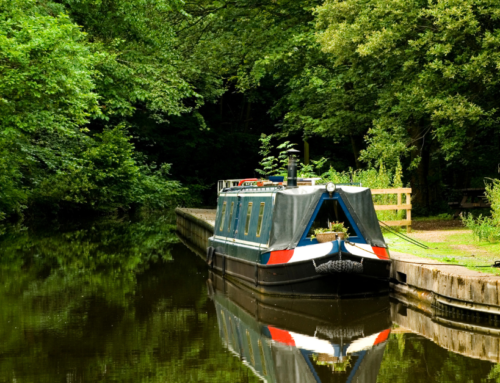
This image is property of sp-ao.shortpixel.ai.
3. Water Conservation
Water conservation is a critical aspect of sustainable yacht design and operation. By implementing efficient systems and practices, you can minimize water usage and contribute to the preservation of this precious resource. Here are some key strategies:
3.1 Water Recycling Systems
Installing water recycling systems on your yacht allows for the treatment and reuse of wastewater. These systems employ advanced filtration and purification technologies to remove impurities and make the water safe for various onboard applications, such as flushing toilets or washing decks. By recycling water, you can significantly reduce the amount of freshwater consumed, especially during extended trips.
3.2 Freshwater Saving Features
Incorporating freshwater saving features in your yacht, such as low-flow faucets, showers, and toilets, promotes water conservation without compromising comfort. These fixtures are designed to minimize water wastage by reducing flow rates and employing efficient water distribution mechanisms. By using less freshwater, you can extend your cruising range and minimize the need for frequent resupply stops.
3.3 Efficient Plumbing Fixtures
Choosing efficient plumbing fixtures, such as water-efficient dishwashers and washing machines, can further enhance water conservation onboard your yacht. These appliances are specifically designed to use less water while still maintaining optimal performance. By selecting water-efficient options, you can significantly decrease the overall water demand and reduce the strain on freshwater resources.
4. Waste Management
Proper waste management is essential to ensure the sustainability and environmental responsibility of your yacht. By implementing comprehensive waste management systems, you can minimize pollution and promote a culture of recycling and conservation. Here are some key strategies:
4.1 Onboard Waste Treatment
Installing onboard waste treatment systems allows for the proper treatment and disposal of various types of waste generated on your yacht. These systems can include sewage treatment plants, oil-water separators, and solid waste compactors. By treating waste onboard, you can minimize the discharge of pollutants into the marine environment and comply with international regulations.
4.2 Recycling Facilities
Incorporating dedicated recycling facilities onboard your yacht encourages the separation and recycling of different waste streams. Set up recycling bins for paper, plastic, glass, and aluminum, and educate the crew and guests about the importance of proper waste segregation. By recycling onboard, you can reduce the amount of waste sent to landfills and conserve valuable resources.
4.3 Minimization of Single-Use Plastics
Single-use plastics, such as disposable cutlery, straws, and packaging, contribute significantly to marine pollution. By implementing strict policies to minimize the use of single-use plastics onboard your yacht, you can help protect marine ecosystems and promote a more sustainable future. Use alternatives, such as reusable or biodegradable materials, and encourage guests and crew members to adopt environmentally friendly practices.
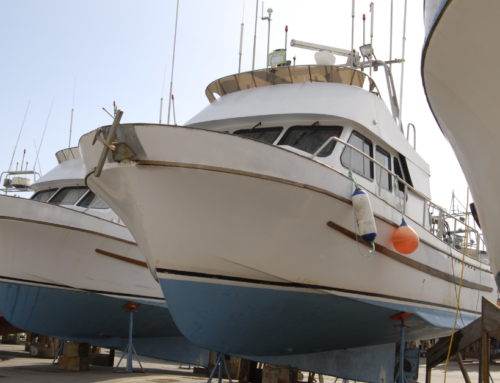
This image is property of sp-ao.shortpixel.ai.
5. Emission Control
Reducing emissions is a crucial aspect of green design practices in yachts. By implementing effective emission control measures, you can minimize the impact on air quality and reduce the carbon footprint of your vessel. Here are some key strategies:
5.1 Exhaust Gas Scrubbers
Installing exhaust gas scrubbers is an effective way to reduce emissions from the combustion of fossil fuels. These systems remove pollutants, such as sulfur oxides and particulate matter, from the exhaust gases before they are released into the atmosphere. By utilizing exhaust gas scrubbers, you can comply with emission regulations and improve air quality.
5.2 Selective Catalytic Reduction Systems
Selective catalytic reduction (SCR) systems can be installed in yacht engines to reduce nitrogen oxide (NOx) emissions. These systems use a catalyst to break down NOx into harmless nitrogen and water vapor, significantly reducing the impact on air quality. By implementing SCR systems, you can meet or exceed emission standards and contribute to the protection of the environment.
5.3 Fuel Efficiency Optimization
Optimizing fuel efficiency is a holistic approach that involves various strategies to minimize fuel consumption and subsequent greenhouse gas emissions. These strategies can include hull design optimization, propeller efficiency enhancement, and the use of advanced engine management systems. By prioritizing fuel efficiency, you can reduce operating costs and lower the overall carbon footprint of your yacht.
6. Noise and Vibration Reduction
Noise and vibration reduction not only contribute to a more comfortable cruising experience but also minimize the impact on marine life. By implementing effective measures to reduce noise and vibration, you can create a more sustainable and eco-friendly yacht. Here are some key strategies:
6.1 Engine Room Soundproofing
Proper soundproofing of the engine room and other noisy areas onboard your yacht helps to reduce noise propagation to other areas and minimize the impact on guests, crew, and marine life. Using high-quality insulation materials and isolating machinery from the hull structure can significantly reduce noise levels. By ensuring a quieter environment, you enhance the overall sustainability and livability of your yacht.
6.2 Anti-vibration Mounts
Installing anti-vibration mounts for machinery and equipment onboard your yacht helps to minimize vibrations that can disturb guests and potentially harm marine life. These mounts isolate the machinery from the hull structure, reducing the transmission of vibrations to other areas of the vessel. By effectively managing vibrations, you create a more sustainable and comfortable environment on your yacht.
6.3 Hull and Propeller Design
Optimizing hull and propeller design can help reduce hydrodynamic noise and vibrations. Smooth hull surfaces, streamlined shapes, and properly balanced propellers reduce drag and improve fuel efficiency, while simultaneously minimizing underwater noise. By investing in advanced hull and propeller design, you can enhance the sustainability and eco-friendliness of your yacht.
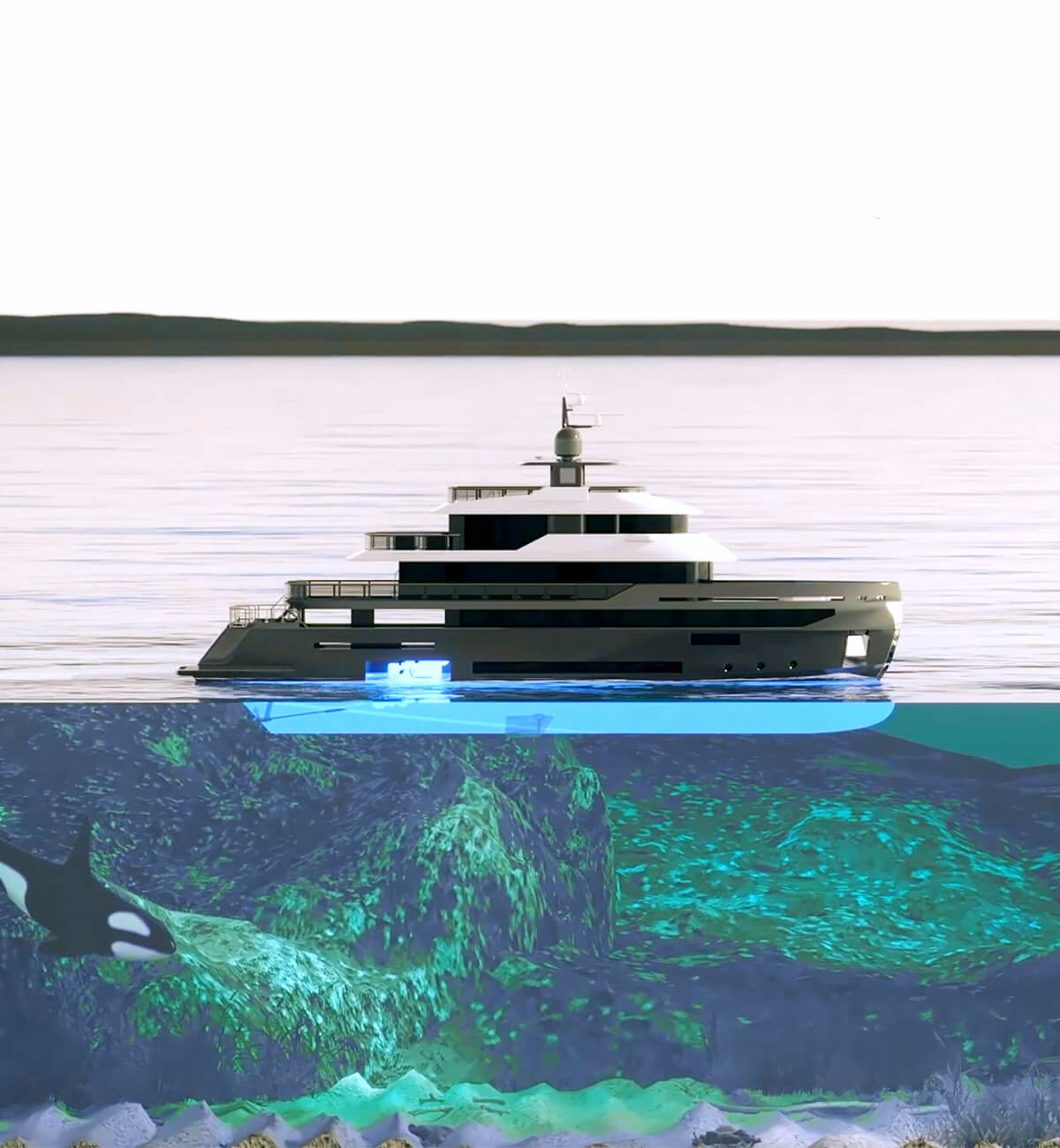
This image is property of www.benettiyachts.it.
7. Eco-friendly Interior Design
Incorporating eco-friendly interior design practices in your yacht not only enhances the aesthetics but also promotes sustainability and environmental responsibility. Here are some key strategies:
7.1 Sustainable Fabrics
Using sustainable fabrics for upholstery, curtains, and bedding contributes to the overall eco-friendly interior design of your yacht. Look for fabrics made from organic or recycled materials, and choose manufacturers that adhere to strict sustainability principles. Sustainable fabrics not only conserve natural resources but also eliminate or reduce the use of harmful chemicals during production.
7.2 Non-toxic Finishes
Opting for non-toxic finishes for walls, floors, and furniture protects the health of those on board and ensures a safe and eco-friendly environment. Choose finishes that are labeled as low VOC or free from toxic substances such as formaldehyde. Non-toxic finishes not only improve indoor air quality but also reduce the release of harmful pollutants into the environment.
7.3 Natural and Recycled Materials
Incorporating natural and recycled materials in your yacht’s interior design adds a touch of sustainability and uniqueness. Use reclaimed wood for flooring or furniture, incorporate natural fibers like jute or bamboo in decorative elements, and explore environmentally friendly alternatives for countertops and surfaces. By embracing natural and recycled materials, you create an eco-conscious and visually appealing interior design.
8. Marine Life Protection
Protecting marine life is crucial for maintaining a sustainable and balanced ecosystem. As responsible yacht owners and operators, there are several measures you can take to minimize the impact on marine life. Here are some key strategies:
8.1 Anti-fouling Systems
Applying effective anti-fouling systems to the hull of your yacht helps to prevent the growth of marine organisms, such as barnacles and algae. By keeping the hull surface clean, you reduce drag, enhance fuel efficiency, and minimize the use of toxic anti-fouling paints. Choose environmentally friendly anti-fouling systems that are safe for marine life and comply with international regulations.
8.2 Underwater Noise Reduction
Reducing underwater noise is essential for minimizing disturbance to marine life, particularly during navigation and anchoring. Implement measures such as propeller design optimization, installation of noise-reducing coatings, and use of underwater acoustic technologies to minimize noise emissions. By reducing underwater noise, you can help protect marine mammals and other sensitive species from stress and disruption.
8.3 Navigation Practices to Avoid Coral Reefs
When planning your yacht’s itinerary, take care to avoid coral reefs or other sensitive marine habitats. Coral reefs are highly diverse ecosystems that support a wide range of marine life. By steering clear of these areas, you minimize the risk of accidental damage or destruction to these fragile ecosystems. Always stay informed about local regulations and guidelines to ensure responsible navigation practices.

This image is property of sp-ao.shortpixel.ai.
9. Green Charter Practices
As a yacht owner or operator, you can make a significant impact on promoting sustainability through green charter practices. By collaborating with local communities, promoting sustainable tourism, and educating guests about marine conservation, you can contribute to the preservation of the environment. Here are some key strategies:
9.1 Collaborating with Local Communities
Engage with local communities and stakeholders to ensure that your yacht charters have a positive impact on the surrounding environment and local economy. Collaborate with local organizations or authorities to support marine conservation initiatives, participate in beach clean-ups, or organize educational events. By fostering strong relationships with local communities, you can create shared value and promote sustainable development.
9.2 Promoting Sustainable Tourism
Encourage sustainable tourism practices among guests, crew, and the wider yachting community. Provide information on environmentally friendly activities, such as snorkeling or diving in protected areas, and promote responsible wildlife viewing guidelines. By advocating for sustainable tourism, you can minimize the impact on natural habitats and contribute to the long-term preservation of marine ecosystems.
9.3 Educating Guests about Marine Conservation
Use your yacht as a platform for education and awareness about marine conservation. Share information about the importance of protecting marine life, reducing plastic pollution, and conserving natural resources. Provide educational materials or onboard presentations to help guests understand their role in environmental stewardship. By inspiring and empowering your guests, you can create a ripple effect of positive change.
10. Certification and Standards
Certifications and standards play a crucial role in verifying the sustainability and environmental performance of yachts. By obtaining recognized certifications, you demonstrate your commitment to green design practices and environmental responsibility. Here are some key certifications and standards to consider:
10.1 RINA Green Plus Certification
RINA Green Plus certification is a recognized standard for environmentally friendly yachts. This certification evaluates a yacht’s environmental impact across various criteria, including energy efficiency, emissions control, waste management, and materials used. By obtaining RINA Green Plus certification, you can showcase your yacht’s adherence to stringent sustainability standards.
10.2 LEED for Yachts
LEED (Leadership in Energy and Environmental Design) certification is a widely recognized rating system for green buildings. LEED for Yachts extends this certification framework to the yachting industry, assessing environmental performance across different categories, such as energy efficiency, water conservation, and indoor environmental quality. By achieving LEED for Yachts certification, you highlight your yacht’s environmental sustainability and commitment to green design.
10.3 ISO 14001 Environmental Management System
ISO 14001 is an internationally recognized standard for environmental management systems. Implementing an ISO 14001-compliant management system helps ensure that your yacht operates in an environmentally responsible manner, with proper procedures in place for waste management, conservation, and continuous improvement. By adhering to ISO 14001, you demonstrate your yacht’s commitment to environmental stewardship and sustainability.
Incorporating sustainability and green design practices in yachts is not just a trend but a fundamental responsibility for yacht owners and operators. By considering material selection, energy efficiency, water conservation, waste management, emission control, noise and vibration reduction, eco-friendly interior design, marine life protection, green charter practices, and certifications and standards, you can create a yacht that demonstrates your commitment to environmental responsibility and provides a luxurious and eco-conscious experience for your guests. With a focus on sustainability, the future of yachting can be both luxurious and environmentally friendly.
